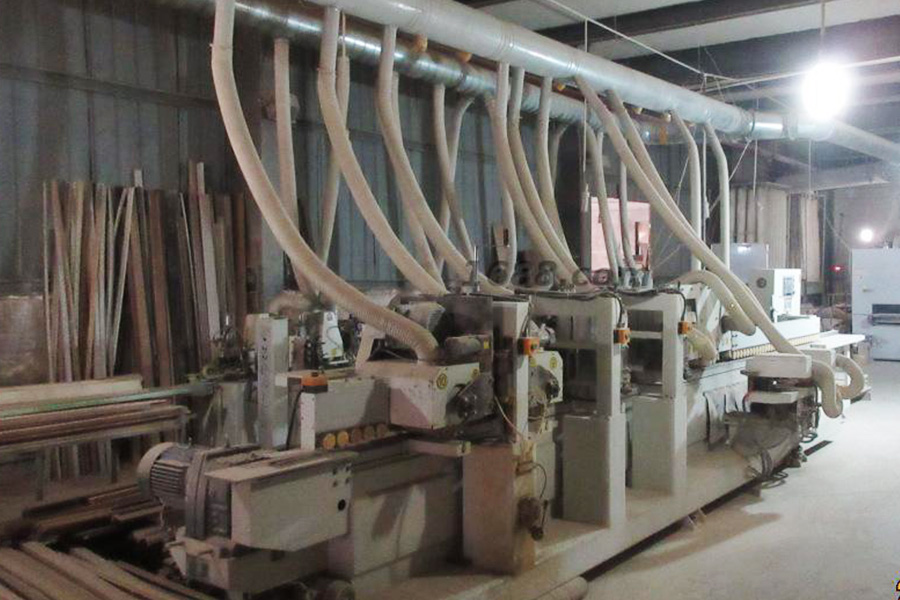Customization has become one of the main factors driving value in the interior design and home renovation sectors in recent years. For any interior door factory, offering flexible, personalized design options has become a major advantage in serving today’s demanding customers. Similarly, every forward-thinking wood door manufacturer is recognizing the growing appeal of wood veneer doors as a customizable, stylish, and sustainable choice for modern interiors.
Wood veneer doors combine the natural elegance of real wood with the durability and efficiency of engineered core materials. Now, with advanced production technologies and evolving customer preferences, customization in veneer door design is reshaping how manufacturers and clients approach interior spaces.

Why Wood Veneer Is Popular for Customization
Wood veneer doors are made by bonding a thin slice of real wood onto a solid or engineered wood base. This method allows for a genuine wood appearance while reducing material waste and production costs. What makes veneer doors especially well-suited for customization are:
Diverse grain and texture options: From walnut to oak, maple to ash, customers can choose the grain pattern that best suits their decor.
Flexible finishing choices: Veneers can be stained, polished, or left with a natural matte surface.
Compatibility with other design elements: Veneer doors pair easily with glass inserts, metal trim, or patterned grooves.
These characteristics make them ideal for bespoke interior designs in both residential and commercial environments.
Increasing Demand for Personalized Door Designs
As homebuyers become more design-conscious, the demand for personalization continues to grow. Homeowners want doors that reflect their lifestyle, fit seamlessly into their space, and express their taste. In response, many interior door factories now offer:
Custom dimensions to fit non-standard doorways or room layouts
Color-matching services to coordinate with furniture, floors, or wall panels
Decorative elements such as inlays, grooves, or carved panels
Hardware options including handles, hinges, and smart locking systems
This ability to adapt to specific client requirements sets apart manufacturers that invest in design flexibility and customer collaboration.
Role of Technology in Customization
Modern production tools like CNC (Computer Numerical Control) routers, laser engravers, and automated pressing systems allow Wood Door Manufacturers to produce custom designs with high precision and consistency. This has dramatically improved turnaround times and made one-of-a-kind veneer doors accessible to a broader customer base.
Additionally, digital design platforms now allow customers or interior designers to preview door models, materials, and configurations online before placing an order. This enhances satisfaction and reduces errors, making the customization process more streamlined and engaging.
Applications Across Diverse Spaces
Customized wood veneer doors are not limited to luxury homes—they’re now found in:
Urban apartments, where space-saving and design coordination are critical
Hotels, where branding and atmosphere play a role in interior design
Offices, which seek a balance of professionalism and warmth
Retail spaces, looking for statement pieces with natural charm
The adaptability of veneer doors to different styles and settings has made them a go-to option for builders, architects, and interior decorators alike.
Customization in wood veneer doors is more than a trend—it’s becoming the industry standard. As buyers increasingly seek doors that match their unique interiors and personal tastes, wood door manufacturers that embrace this shift will remain competitive and relevant.
By offering a mix of design flexibility, technical innovation, and sustainable options, manufacturers can meet the growing demand for doors that do more than divide rooms—they help define the identity of a space.

 English
English 中文简体
中文简体